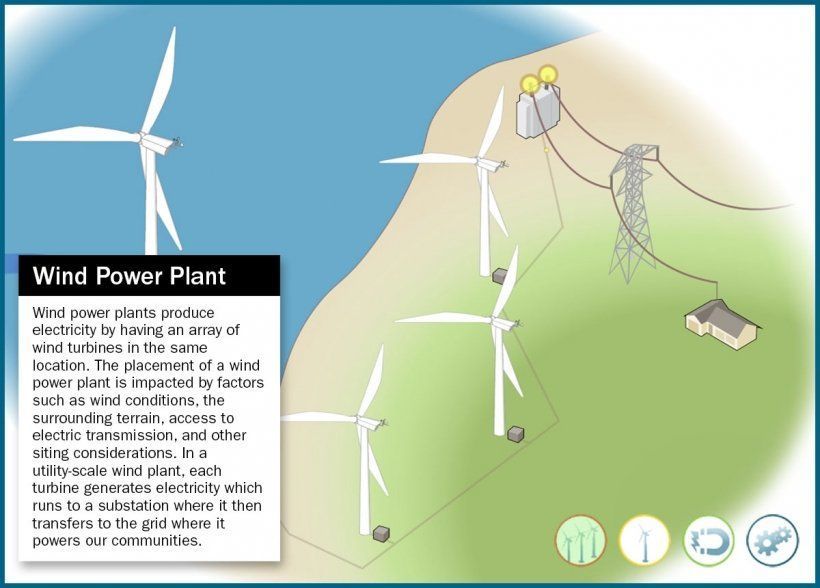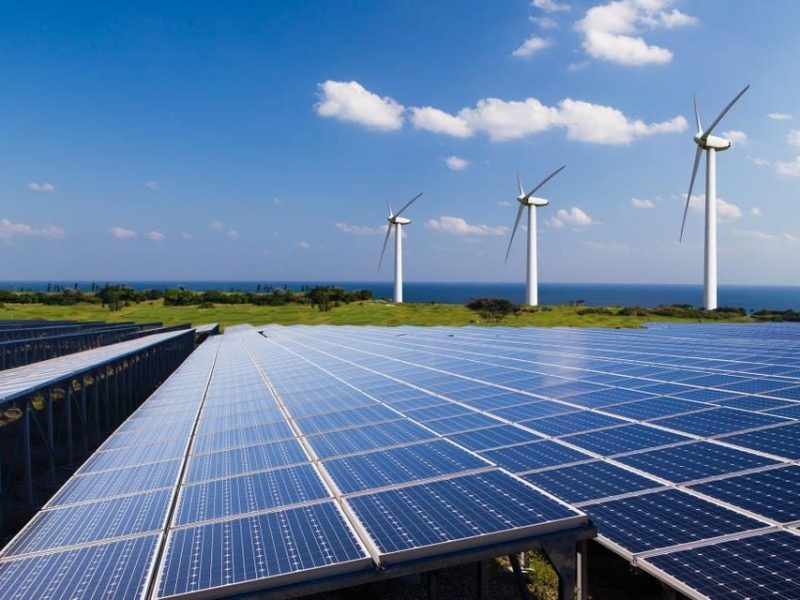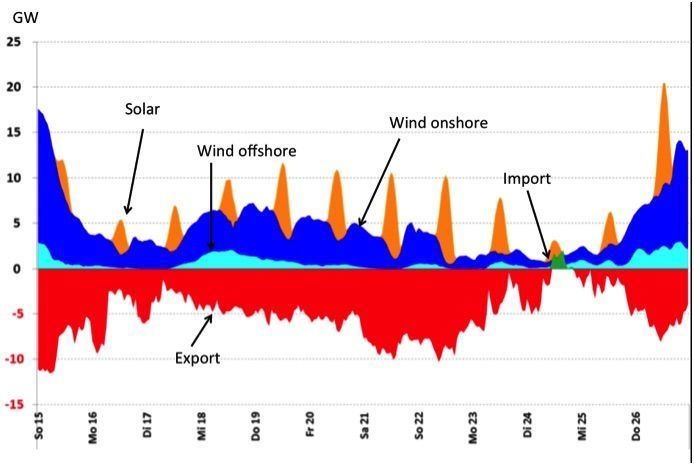Wind turbines are a critical component of renewable energy systems, harnessing the power of the wind to generate electricity. In this article, we will delve into the inner workings of wind turbines and explore how they are able to convert wind energy into usable electrical power.
Understanding the Basics of Wind Energy
Wind energy is a form of renewable energy that is generated by the movement of air across the Earth’s surface. When the wind blows, it creates kinetic energy that can be harnessed by wind turbines and converted into electrical power.
The Components of a Wind Turbine
A typical wind turbine consists of several key components, including:
Blades: The blades of a wind turbine are designed to capture the energy of the wind and convert it into rotational motion.
Generator: The generator is responsible for converting the rotational motion of the blades into electrical energy.
Tower: The tower supports the blades and generator, allowing the turbine to capture wind energy at higher altitudes where it is more consistent and powerful.
How Wind Turbines Work
When the wind blows, it causes the blades of the wind turbine to spin. This spinning motion is transferred to the generator through a series of gears, which then converts it into electricity. The electricity generated by the wind turbine can be stored in batteries or fed directly into the electrical grid for use in homes and businesses.
Wind turbines are typically placed in areas with high wind speeds, such as open plains or coastal regions, to maximize their energy production. The height of the turbine also plays a crucial role in its efficiency, as higher altitudes tend to have stronger and more consistent winds.
Advantages of Wind Energy
There are several advantages to using wind energy as a renewable power source, including:
Environmentally friendly: Wind energy is clean and produces no greenhouse gas emissions, making it one of the most sustainable forms of energy production.
Cost-effective: Once installed, wind turbines have low operating costs and can generate electricity for many years without the need for significant maintenance.
Job creation: The wind energy industry has created thousands of jobs in manufacturing, installation, and maintenance, providing economic benefits to local communities.
Conclusion
Wind turbines are a vital part of the transition to clean, renewable energy sources. By harnessing the power of the wind, we can reduce our reliance on fossil fuels and create a more sustainable future for generations to come.
Next time you see a wind turbine spinning in the distance, take a moment to appreciate the ingenuity and technology behind this remarkable machine that is helping to power our world.


